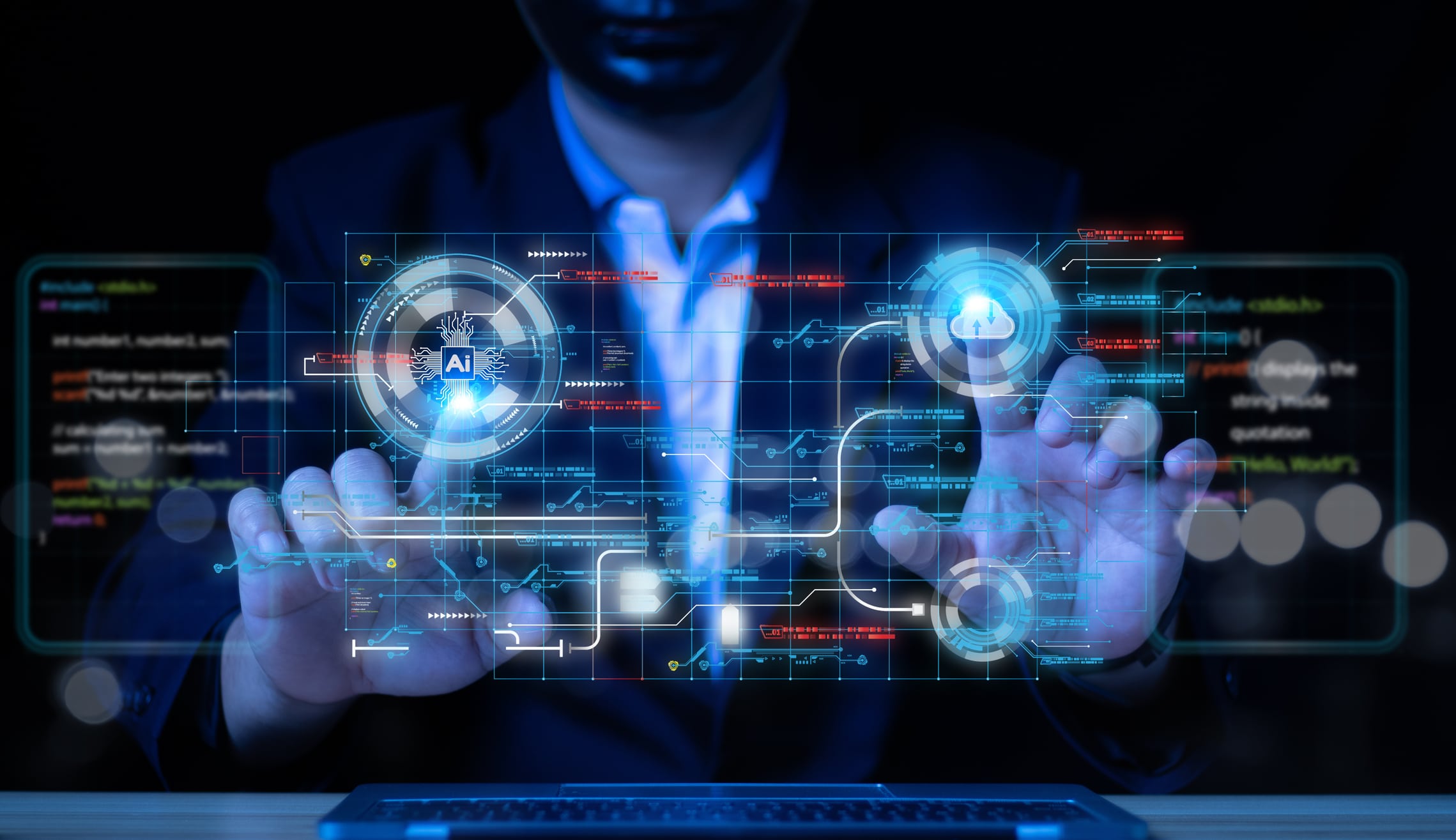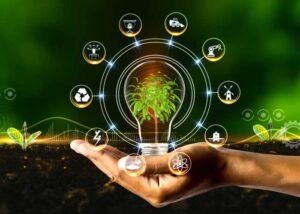If you’ve been keeping an eye on the life sciences industry, you’ve probably noticed that AI and automation are making a huge impact—not just in drug discovery and patient care, but also in the software that powers these innovations. The way software is developed for life sciences is evolving fast, and AI is playing a leading role in making processes faster, smarter, and more efficient.
But what does this actually mean for researchers, pharmaceutical companies, and biotech startups? And how is automation changing the way software is built in an industry where accuracy and compliance are everything? Let’s break it down.
Why AI and Automation Matter in Life Sciences Software Development
Life sciences is an industry where small mistakes can have big consequences. Whether it’s managing patient data, running clinical trials, or developing AI-driven drug discovery tools, software in this field needs to be reliable, secure, and highly efficient.
Traditionally, software development in life sciences followed a slow, cautious approach—partly because of regulatory requirements and partly because of the complexity of the field. But now, AI and automation are changing the game by making software development:
- Faster – Automating coding, testing, and deployment reduces time-to-market for critical software.
- More Accurate – AI can help catch errors and optimize software performance in ways humans might miss.
- More Scalable – With automation, life sciences companies can build and deploy software solutions that can handle massive datasets and real-time analysis.
So, what are the biggest trends shaping AI-driven software development in life sciences? Let’s dive in.
1. AI-Powered Software Development: Writing Code Faster and Smarter
Traditionally, software development involved a lot of manual coding. Developers would write thousands (or millions) of lines of code, test them, debug them, and repeat the process until everything worked perfectly. But AI is changing this by assisting developers in writing and optimizing code automatically.
How AI is Revolutionizing Coding:
- AI-Powered Code Generation: Tools like GitHub Copilot and OpenAI’s Codex can write code snippets, suggest improvements, and even complete entire functions based on natural language descriptions.
- Bug Detection and Prevention: AI can scan code in real-time, flagging potential errors and vulnerabilities before they become major issues.
- Automated Documentation: AI can generate clear, structured documentation for complex life sciences software, reducing the burden on developers.
What This Means for Life Sciences
In life sciences, where software often deals with sensitive patient data or intricate simulations, AI-powered coding can help reduce human error and speed up the development of mission-critical applications—from clinical trial management systems to AI-driven research platforms.
2. Automation in Testing: Making Software More
Reliable
Testing is one of the most time-consuming aspects of software development, especially in life sciences, where software must be rigorously validated before deployment. In the past, software testing was a manual process that took weeks or even months. Today, AI and automation are making software testing faster and more reliable.
Key Innovations in Automated Testing:
- AI-Driven Test Automation: AI can automatically create, run, and analyze test cases to detect software bugs and performance issues.
- Continuous Integration & Continuous Deployment (CI/CD): Automated pipelines allow developers to deploy updates quickly without disrupting critical applications.
- Predictive Analysis: AI can anticipate potential failures based on historical data, reducing system downtime.
How This Helps Life Sciences
Imagine a biotech company developing AI software to analyze genomic data. Before AI-driven testing, validating this software might take months of manual review. Now, automated testing tools can ensure that the system is running smoothly in days or even hours, allowing researchers to focus on their work rather than debugging software.
3. AI and Automation in Regulatory Compliance
Life sciences software doesn’t just need to work—it needs to comply with strict regulations. Whether it’s HIPAA, GDPR, or FDA guidelines, ensuring compliance has traditionally been a slow and complex process.
But now, AI and automation are making regulatory compliance easier, faster, and less prone to human error.
How AI is Transforming Compliance:
- Automated Compliance Checks: AI can scan software code and system configurations for compliance violations, flagging issues before deployment.
- Natural Language Processing (NLP) for Regulatory Updates: AI can process and summarize new regulatory requirements, ensuring that software teams stay up to date.
- Audit Trail Automation: Blockchain and AI-powered logging systems can automatically document every change made to software, creating a secure and transparent audit trail.
Why This is a Big Deal
Regulatory non-compliance can lead to huge fines, product recalls, or even legal action. By automating compliance, life sciences companies can avoid costly mistakes and ensure that their software meets all industry standards without slowing down innovation.
4. AI-Driven Data Management and Security
Life sciences software often deals with massive amounts of sensitive data—from genomic research and patient records to clinical trial results. Managing and securing this data manually is no longer feasible. That’s where AI and automation come in.
AI in Data Management:
- Automated Data Processing: AI can extract, categorize, and analyze vast datasets in seconds.
- AI-Powered Search and Retrieval: NLP-powered systems can help researchers find relevant data instantly.
- Cloud-Based AI Analytics: AI-driven cloud platforms allow researchers to collaborate on massive datasets in real-time.
AI in Security:
- Automated Threat Detection: AI can scan networks for unusual activity and prevent cyberattacks before they happen.
- Zero-Trust Security Models: AI-driven security systems use continuous authentication and real-time monitoring to protect sensitive data.
- Privacy-Preserving AI: AI techniques like federated learning allow research institutions to collaborate on data analysis without sharing raw patient data.
Why This Matters for Life Sciences
With the rise of personalized medicine and AI-driven diagnostics, life sciences companies handle more patient data than ever. AI-powered security ensures that this data stays protected while still allowing researchers to access the insights they need.
5. AI and Automation in Cloud-Based Research Platforms
Modern life sciences research requires powerful computational tools that can handle complex simulations, AI-driven modeling, and real-time collaboration. Traditional IT infrastructures are too slow and expensive to keep up. That’s why more companies are moving to AI-powered cloud platforms.
How AI is Enhancing Cloud-Based Research:
- Automated Scalability: AI-powered cloud systems automatically adjust resources based on demand, ensuring fast and cost-effective processing.
- AI-Powered Collaboration: Researchers across the globe can work on the same dataset in real-time, reducing research timelines.
- Serverless Computing: AI automates backend infrastructure, allowing scientists to focus on research rather than IT management.
Example: AI in Genomics
Cloud-based AI platforms like Google DeepVariant are revolutionizing genomics research by automatically analyzing DNA sequences with greater accuracy than human experts.
Final Thoughts: What’s Next?
AI and automation are not just improving software development in life sciences—they’re redefining it. From writing code and testing software to managing data and ensuring compliance, AI is making everything faster, smarter, and more reliable.
But we’re just getting started. Over the next few years, we’ll likely see AI-driven software development tools that are even more advanced, capable of writing entire applications from scratch and self-optimizing without human intervention.
For life sciences companies, embracing AI and automation isn’t just an option—it’s a necessity. The faster they adopt these technologies, the more competitive they’ll be in a rapidly evolving industry.
So, what do you think? Is AI the future of software development in life sciences? Or are we still at the beginning of something even bigger? Let’s talk!



